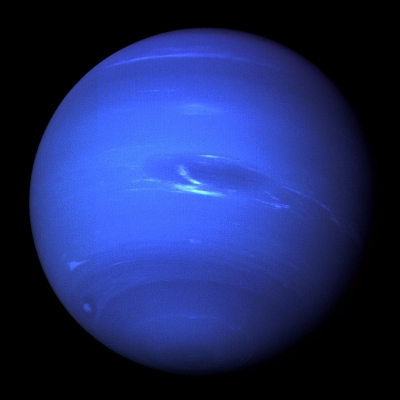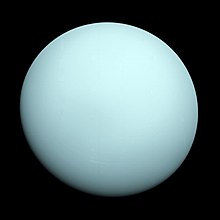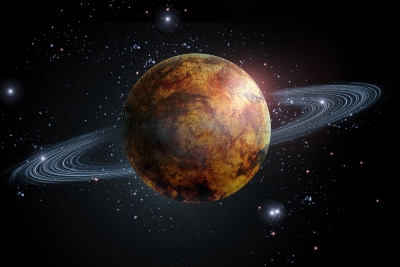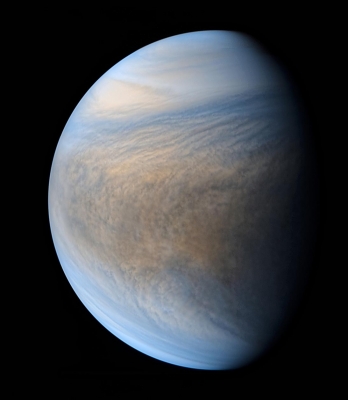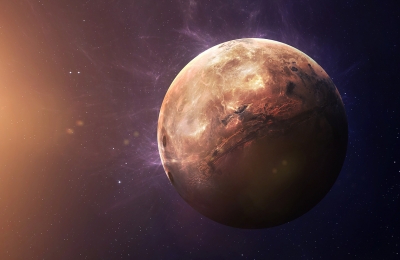
We can make estimates regarding the composition of Earth’s interior regions is by recording and calculating how dense our planet is.
Crust: A very thin, solid outer layer. The oceanic crust is about 5 km (3 miles) thick. The continental crust is from 30–40 km (18–24 miles) thick.
Mantle: The layer beneath the crust. The mantle is about 2885 km (1790 miles) thick.
Upper mantle: Includes a solid layer fused to the crust. This layer combined with the crust is called the lithosphere. Beneath this is the asthenosphere, which is a partly molten layer. The asthenosphere is thought to be the layer upon which tectonic plates ride. The upper mantle is about 700 km (420 miles) thick.
Lower mantle: Is composed of solid rock under conditions of extremely high temperature and pressure. This layer is about 2,185 km (1,370 miles) thick.
Outer Core: A layer about 2,270 km (1,400 miles) thick, having the properties of a metallic liquid.
Inner Core: A solid, metallic, spherical layer about 1,216 km (755 miles) thick.
Picture Credit : Google





